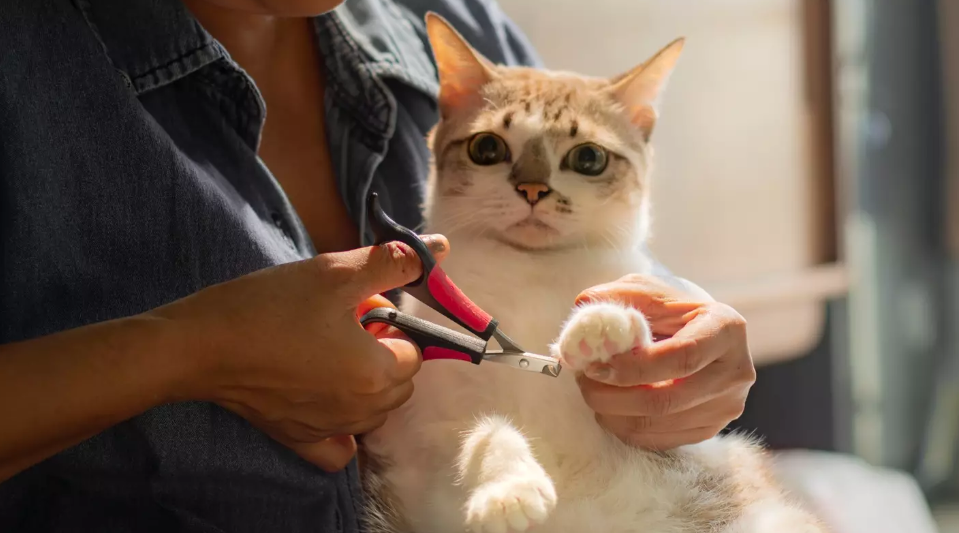Many online users are just discovering the real reason why declawing cats is a harmful practice.

Cat owners know the struggle: you buy a new couch, and soon enough, your cat is sharpening its claws on it. The same goes for other furniture around the house, making declawing seem like a tempting solution.
However, what might save your couch is far from the best choice for your cat.
The Humane Society of the United States explains that “declawing is the amputation of the last bone of each toe on a cat’s paw.” They compare it to cutting off a person’s finger at the last joint, highlighting the severity of the procedure.
They further explain: “The standard method of declawing involves amputating with a scalpel or guillotine clipper. The wounds are then closed with stitches or surgical glue, and the feet are bandaged.”
A recent Twitter discussion, sparked by the viral account ‘non aesthetic things,’ has brought more attention to this issue. The account shared a video titled “This is why you shouldn’t declaw your cat,” showing the harsh reality of the procedure.
Declawing involves removing the last bone of each toe, affecting the tendons and ligaments, leaving the cat without its claws. While the wounds eventually heal, cats endure severe pain as they adjust to walking on what is essentially amputated toes.
The video also explains how declawed cats struggle with balance, jumping, and walking, which significantly impacts their quality of life. Long-term effects can include mobility problems, chronic pain, and arthritis.
Many Twitter users reacted with shock, learning the painful reality of declawing for the first time.
“So declawing your cat is just removing parts of their feet? That’s wild,” one person commented.
Another added, “It’s like cutting off the last bone of our fingers, which we use for everything. I had no idea this was a common practice in the US.”
Declawing may protect your furniture, but it causes long-term harm to your furry friends.